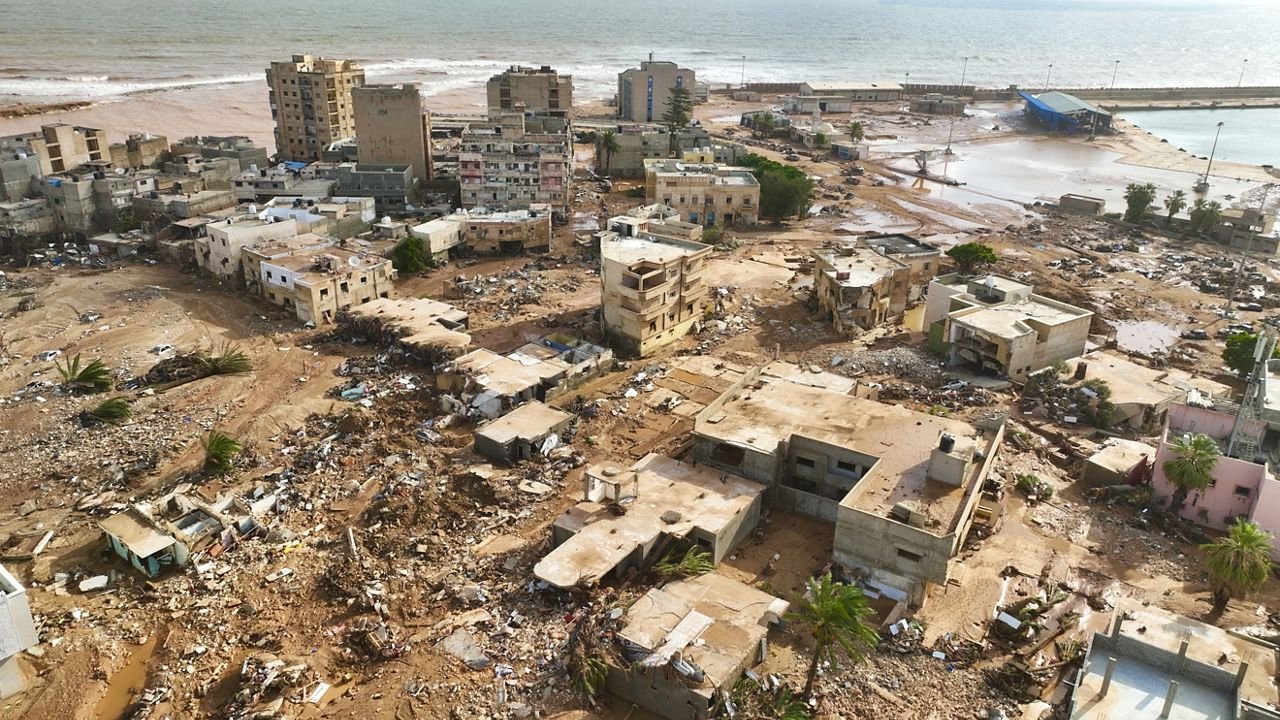How neglected dams played a role in Libya flooding
“Rivers don’t make mistakes. People do.”
At least 11,300 people in the eastern Libyan city of Derna died on Monday, when record rainfall caused two dams to collapse on the city’s namesake river, the Derna
Wadi. The two dams, named Derna and Mansour, were respectively, 75 and 45 meters in height. Their sequential collapse sent a wall of water through the city of Derna that was estimated to be 23 feet in height. France24 posted a story detailing the role of the dams in causing chaos orders of magnitude beyond what the rainfall alone could have done:
Libya’s deadly dam collapse was decades in the making
Liz Stephens, a professor specializing in climate risk and resilience at the U.K.’s University of Reading, succinctly described how the dams made the deluge worse: “While Storm Daniel brought exceptional rainfall totals to eastern Libya, the tragic loss of life will have been largely due to the failure of dams, with a sudden release of water providing little time to reach safety, and the entrained debris adding to the violent force of the floodwaters,” she told FRANCE 24.
The circumstances that led to the dam’s collapse have much to do with a country torn apart by civil war for the past two decades. Yet the long-term neglect of upkeep and maintenance at dams on the Derna River have an analogue here in the U.S.
The National Inventory of Dams classifies 15,600 dams in the United States as “high hazard,” and rainfall events that once were expected to occur once in a century or two are now happening a couple times a year, due to the effects of climate chaos. According to an annual report on America’s infrastructure issued by the American Society of Civil Engineers, 2,300 of these high-hazard dams are “deficient” in investments in upkeep and maintenance.
As the summer’s weather has demonstrated, the U.S. is not so special as to be immune from extreme weather events. Combined with the backlog in infrastructure repairs and upgrades, a dam-induced disaster looks increasingly possible.
In Cracked, I wrote about spending time with Dr. Robert Bea, a professor of engineering and renowned safety expert who has examined disasters from major oil spills to the explosion of the space shuttle Challenger. He was disturbed the lack of safety protocols at Oroville Dam, where its spillway collapsed in 2017, as well as by what he described as a willful ignorance of physical signs of trouble at the dam. “Mother Nature is very unforgiving of ignorance,” Bea told me.
Rivers don’t make mistakes. People do. The errors in judgement by officials in eastern Libya cost at least 11,000 innocent people their lives. Storms like the one that spun out of the Mediterranean Sea and hit Derna are sure to increase. High time to get rid of dams that cause more risk than reward, and more cost than benefit. Until next time.
If you enjoy what you’ve read, and you want to support my mission to remove dams throughout the US, please purchase my latest book, Cracked: The Future of Dams in a Hot Chaotic World.
Once a week I write about critical issues that affect salmon, steelhead, and free flowing rivers throughout the west. Subscribe to my newsletter below:
